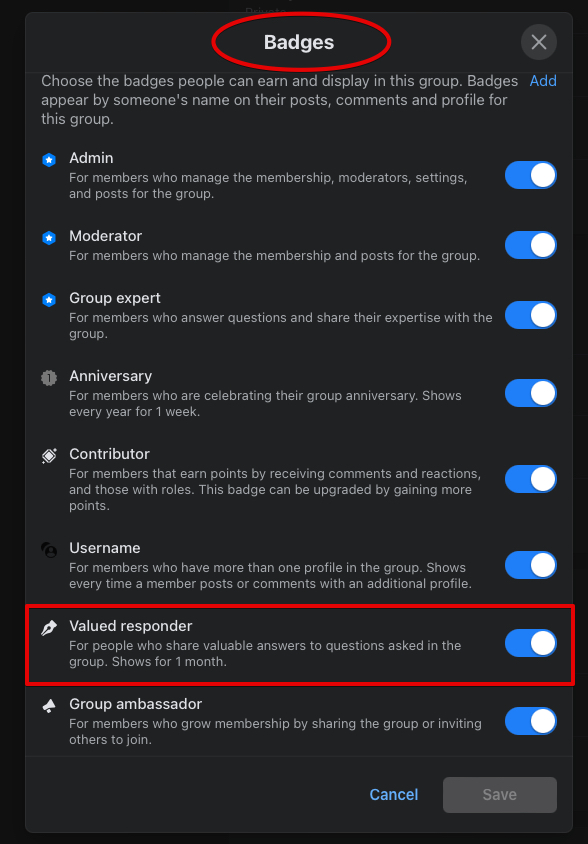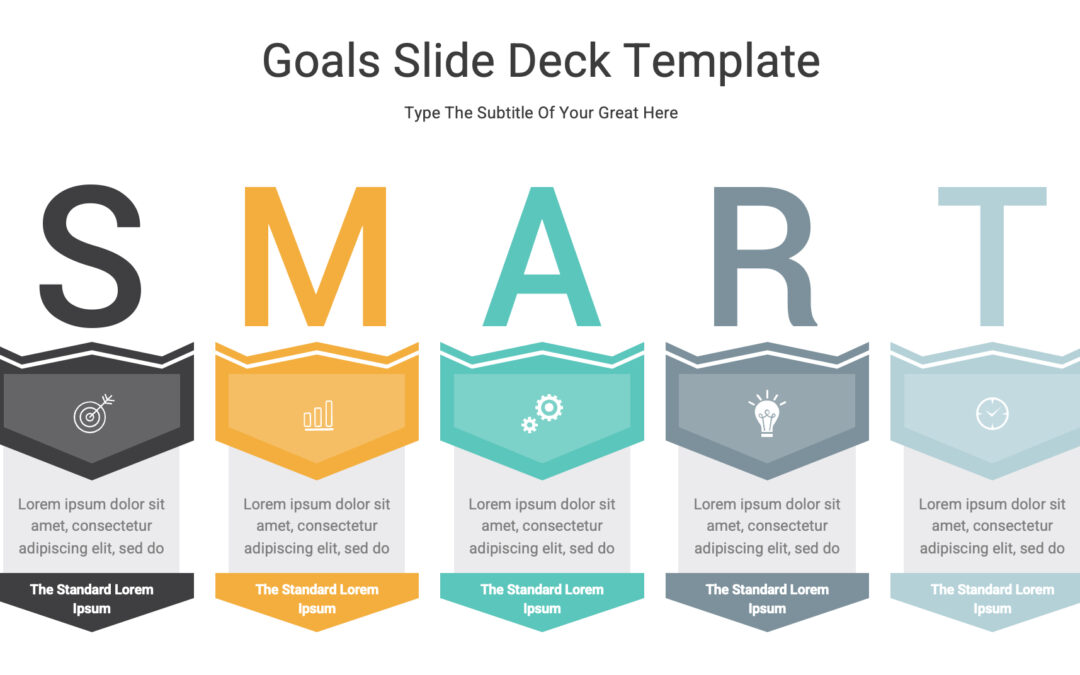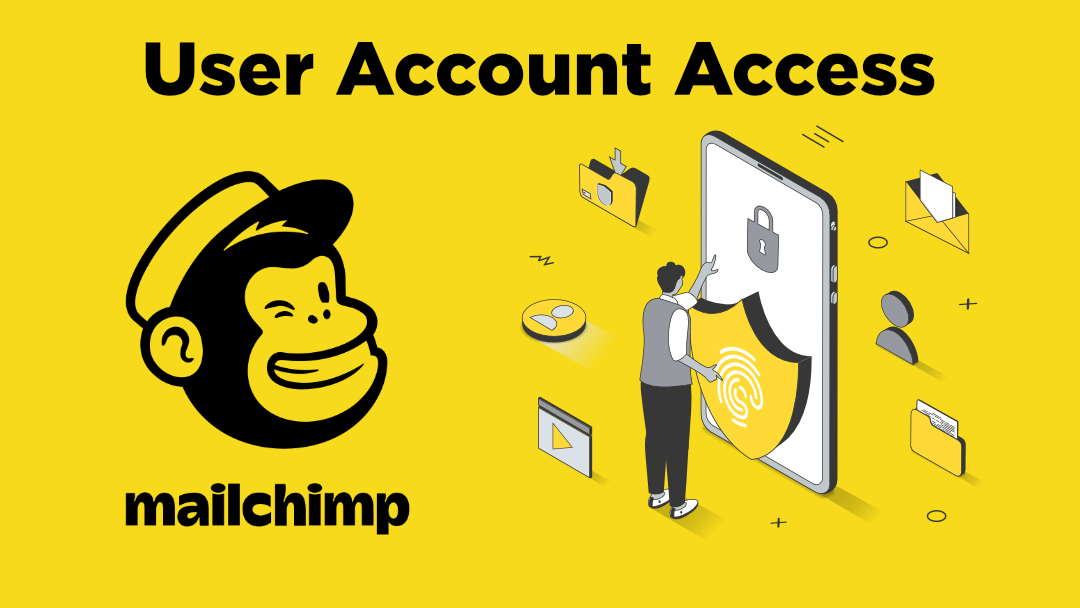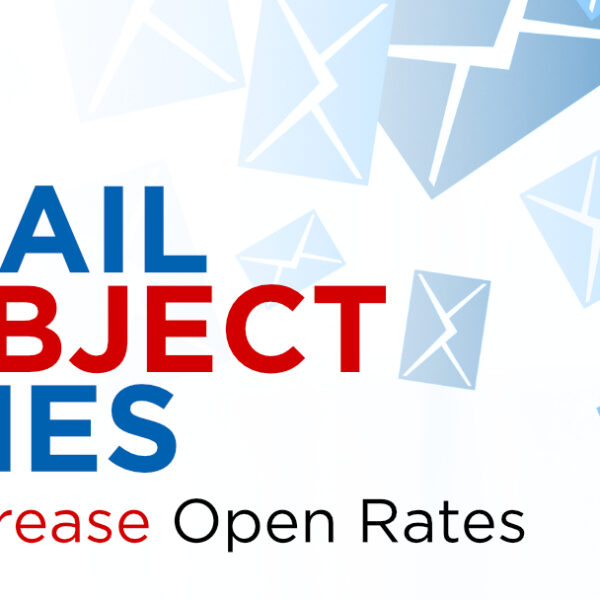
All Posts, Business Strategy, Facebook, Marketing
What if you could turn every Facebook group interaction into a potential business opportunity? Explore the strategies that small business owners are using to leverage these groups for powerful networking and referral generation. In today’s digital landscape, local Facebook groups have become goldmines for small business owners seeking to expand their network and generate referrals. These online communities offer a unique platform to connect with like-minded individuals, share valuable insights, and establish yourself as a trusted expert in your field. In this article, we’ll explore the strategies that savvy small business owners are using to effectively leverage Facebook groups, transform casual conversations into lucrative opportunities, and build a robust referral network that drives sustained business growth.
Follow the 80/20 Rule
The 80/20 rule is essential for building trust and credibility within any community. For your time in that group, you’ll want to spend 80% of it providing value and contributing to group discussions. This could involve sharing industry insights, offering free advice, answering questions, and participating in conversations. Use the remaining 20% to strategically promote your products and services. This approach ensures you’re seen as a valuable member rather than someone who’s just there to sell.
Get to Know the Group Dynamics
When you first join a new group, take time to understand the dynamics. Identify the most active members and the type of content that resonates with the group. Pay attention to the posts that get the most engagement and learn from them. I would also suggest keeping track of the times of day that people are most active and if you find some trends, make time in your schedule to be available and online at the same times. This insight will help you tailor your contributions to match the group’s interests and needs.
Engage with Recent Posts
Scroll through recent posts and look for opportunities to add value. Answer questions, provide helpful suggestions, and share relevant experiences. Showing your active participation helps establish a presence and start building relationships with group members. Turn on notifications and tailor them to your workflow so that you or someone in your organization is able to take action on the notifications while the attention is recent. Sometimes the first person to respond is tracked if Group Badges and features are turned on by the Admins.

Look for Direct Opportunities
While engaging with the group, keep an eye out for engagements where you can offer your services right to someone who you can tell is in need. If someone mentions a problem that your business can solve, consider sending them a direct message (DM) with a personalized offer or solution. Ensure your approach is genuine and not overly salesy to avoid coming off as pushy. Remember, most people don’t like to be “sold to” but most people do appreciate a useful and timely recommendation.
Publish Informational Content
Regularly share content that showcases your expertise and provides valuable information to the group. This could be blog posts, industry news, how-to guides, or tips related to your field. While I would suggest looking to engage a few times a day, that may not be feasible for most that are attempting this audience development on their own. If you have staff or a Virtual Assistant, this is an easy task for them to manage for you and your business to foster a regular presence. Add into your workflow that your team can reach you directly if an opportunity best suits your direct involvement or tone. By consistently offering high-quality content, you’ll position yourself as a knowledgeable and trusted resource. Check out our Social Media Starter Plan that’s on sale right now for even more content tips for your social media marketing campaigns.
Building a reputation as a subject matter expert takes time and consistency. Keep a persistent presence in the group by regularly contributing and engaging. Over time, your efforts will pay off as group members start recognizing your expertise and turning to you for advice and services. We’ve seen it where people aren’t even active in a group and they are tagged by others because they want to ensure that certain group members and contributors see a particular post or discussion so that the tagged person can get immediate awareness to engage in a timely manor.
Encourage Referrals
Once you’ve established trust and demonstrated your expertise, don’t hesitate to encourage referrals. Ask satisfied group members to recommend your services to others. This is a major key! The social proof these post recommendations will be among all others in the group are powerful and can significantly boost your credibility and business prospects. The Group Admins will champion these too because it gives further validity to the group and the quality of members, namely you! Receive a few in a short and consistent time and I can almost guarantee you’ll be on the yellow brick road to success and multiple referrals due to your efforts practicing this strategy.
Of course this is just one of our many Theories, so experiment this on your own and let us know in what ways these tips have helped you grow your audience and presence on Facebook Groups. If you’d like our guidance for your organization, please feel free to give us a call (407-490-2425) or send us a message.

About Design Theory, All Posts, Business Strategy, Strategy, Work Life
Hey everyone, I want to share with you a story about how we transformed our business in just two months.
It all started at the end of 2022. My husband Jean and I were sitting around the kitchen table, reflecting on the past year and wondering what we could do to make 2023 even better. We had a lot of ideas, but we decided to focus on three key things:
- Reinvesting in our business. We had been so focused on growth that we hadn’t taken the time to invest in new software and tools, or to improve our processes. We realized that this was a mistake. So, we made a commitment to reinvesting in our business, so that we could be more efficient and better equipped to take on new challenges.
- Changing our annual routine. Instead of waiting until the end of the year to start planning for the next year, we decided to start planning now. We wanted to be proactive and make sure that we were making the best investments possible. So, we sat down and mapped out our goals for 2023. We also identified the key areas where we needed to improve.
- Dreaming bigger. We wanted to define a new version of “success” for Design Theory. We didn’t want to just keep doing the same things the same way. We wanted to push ourselves and see what we were really capable of. So, we set some ambitious goals for ourselves, and we started to develop a plan to achieve them.
I’m not going to lie, it wasn’t easy. There were definitely some challenges along the way. But we stayed focused on our goals, and we never gave up. And in the end, it all paid off.
In just two months, we completely transformed our business. We invested in new software and tools, we improved our processes, and we developed a clear plan for achieving our goals. We also hired a new team member and expanded our services. As a result, we were able to increase our revenue by 152% so far this year.
I’m so proud of what we’ve accomplished in the past year. But I know that this is just the beginning. We’re excited to continue growing our business and helping our clients achieve their goals.
If you’re an entrepreneur, I encourage you to take the time to reflect on your business and identify areas where you can improve. Don’t be afraid to make changes, and don’t be afraid to dream big. Anything is possible if you set your mind to it.
If you’re interested in the exact process we took to increase our revenue, join the waitlist for our Holiday Sales Training here – http://www.heroacademy.co/smash

All Posts, Business Strategy, Strategy
In today’s digital era, having a Learning Management System (LMS) can be a transformative asset for businesses and educational institutions. An LMS is a digital platform that not only simplifies the delivery of online learning but also offers efficient course management, progress tracking, and interactive learning experiences. These features can significantly enhance your organization’s training programs, leading to improved employee productivity or student performance. Moreover, an LMS can help you reach a wider audience, opening up new growth opportunities for your business or institution.
This article is designed to guide you through the process of developing your own LMS, even if you’re not familiar with the technical aspects. Don’t worry though we’ll walk you through each step, from defining your requirements to deploying and maintaining the system. Then we’ll get into the details of system design, core feature development, additional feature implementation, rigorous testing, and user training. Although technical, it’s important to consider the importance of scalability, user experience, and continuous improvement in the context of LMS development. There are many platforms and applications out there, and we won’t get into ranking or rating any in this article, but we’ve used a few so if you want to know more about that contact us and we’ll tell you our experience. Regardless of your technical expertise, this guide will equip you with the knowledge and insights needed to create a successful LMS that caters to your specific learning needs and helps drive your business growth.
Define Your Requirements:
Identify the needs of your users (both learners and instructors). What features do they need? What kind of content will you be delivering? How many users do you expect to have? These questions will help you define the scope of your LMS.
Design the System:
Sketch out the architecture of your LMS. This should include the user interface, database design, and the server-side logic. You should also decide on the technology stack you will use. For us we are fans of WordPress for so many reasons, but due to the versatility and compatibility with third party applications and platforms, we have been able to build LMS systems for clients based on their specific needs. And that’s a key item to consider if you see your LMS as something that needs to offer an experience that your students will appreciate more than your competitors especially.
Develop the Core Features:
Start by developing the most essential features of your LMS. This might include user registration, course creation, content delivery, and progress tracking. Each of those are things I can dive so much deeper to explain and make cases for resonating with your target audience in unique ways. I will say though, don’t expect this to be perfect right out of the gate. You’ll learn a lot as you read more and as you develop too and so having a plan will keep you on course while you save new ideas for future iterations and enhancements. Your audience will appreciate the updates (email newsletters, social media, etc.) about new features, options, and course offerings.
Implement Additional Features:
Once the core features are in place, you can start adding additional features like quizzes, discussion forums, and grading systems. And consider how you want people to progress or be able to progress. Will they need to pass a quiz with a certain percentage (say 85%) before being able to unlock the next module or course? You could also create achievement badges that are displayed along with someone’s profile to signify their continued success. This is within the same realm as “gamification“.
Test the System:
Rigorously test your LMS to ensure it works as expected. This should include both functional testing (does each feature work correctly?) and load testing (can the system handle the expected number of users?). Have colleagues and friends test it out as well. Especially if this is something you’re building yourself, you’ll need some eyes on the whole front end process that can be objective to the menus, descriptions, ease or difficulty of use, email responses, password resets, you get the picture. Also test on mobile devices as well as desktop computers. Your audience may be more familiar with using a smartphone and may need buttons and forms to be easier to tap into or bigger font sized headings and navigation. If using video, it may be best to imbed the video from a hosting provider like YouTube or Vimeo so that the page loading times are not heavy or limited. We use Vimeo so that we have a custom experience without ads and includes our branding, where YouTube your videos may be interrupted with an ad that could be of your competitor or something completely unrelated and distracting.
Deploy the System:
This is probably the most exciting piece but also could be critical for timing and how you deliver the news about this new offering. Once you are satisfied with your testing, you can deploy your LMS. This might involve setting up a server, configuring a domain name, and setting up SSL for secure connections. There could be a lot more details but it really depends on your chose platform and application.
Train Your Users:
Provide training for your users so they know how to use the LMS. This might involve creating user guides, video tutorials, or even in-person training sessions. I’ve seen instructors and facilitators on Instagram doing walkthroughs and demos and I think those are great ways to provide instructions on how to use your LMS and highlight your courses, features, and benefits.
Maintain and Improve the System:
After the LMS is live, you will need to maintain it by fixing bugs, updating software, and adding new features based on user feedback. You can leverage your email list and put out a survey to a segmented list, or even a post course completion survey. The data you’ll be able to collect from your students will be the best and maybe better if made anonymous.
Remember, creating an LMS is a big project that requires a wide range of skills, including web development, database management, and user experience design. It’s not something to be undertaken lightly, but with careful planning and execution, it can be a rewarding project.

Business Strategy, Marketing
Over the past year, the term ‘excuseflation’ has been growing in business conversations. I’ll admit, I just learned about this terminology, but the definition or explanation of it I have become all too familiar with since the start of the pandemic. To put it lightly, ‘excuseflation’ refers to the increasing tendency of businesses to attribute shortcomings in their services or products to external factors. Most commonly global events (wars), inflation/stagflation, or supply chain disruptions. While these factors undoubtedly influence business operations, the excessive reliance on these reasons has begun to wear thin on consumers, causing them to question the authenticity of these claims.
As the marketplace continues to evolve, it is crucial for small businesses to differentiate themselves from competitors who try and exploit ‘excuseflation’ to their advantage. Below are three competitive strategies that can help small business owners in providing better communication and superior services, and most importantly setting themselves apart in their respective market.
Emphasize Transparency
One of the major issues with ‘excuseflation’ is its potential to erode consumer trust. To combat this, small businesses should prioritize transparency in all interactions with their customers. Whether it’s discussing product pricing, delivery timelines, or service limitations, being open and honest about these matters can build a stronger bond with consumers. Using tools like weekly social media updates on freshly available products and materials. Communicating through your email newsletters, or even direct conversations can help businesses stay transparent and foster a culture of trust. Don’t hesitate to flex a little bit on your hill of honor, you’ll win new clients and customers that’ll be with you for years.
Leverage Customer Service as a Differentiator
This is probably my favorite because in many big retail or big commerce establishments, the mission is volume and customer service is near the bottom of their values. So in the face of ‘excuseflation’, a small business can stand out by providing exceptional customer service. This involves not just addressing customer issues, but proactively working to prevent them. Regular check-ins with clients, asking for feedback (yes even making a warm phone call will go a long way). Even if you only dedicate 20 minutes a day to make sure your customers know that their satisfaction is your top priority, at the end of a week we’ve seen a small percentage turn into additional sales. Remember, small businesses often have the advantage of a more personal touch, which can go a long way in making customers feel valued.
Continuous Improvement and Innovation
While some businesses are blaming the environment for their performance, use this as an opportunity to introspect and innovate. Focus on improving your products, services, or internal processes and procedures. This could mean investing in technology to streamline operations or brainstorming ways to improve your product or service based on customer feedback and tone of the marketplace. Innovation not only helps in providing superior offerings compared to competitors who use ‘excuseflation’, but also showcases your commitment to growth, regardless of external factors.
Closing Theory: While ‘excuseflation’ might seem like an easy route in the short term to raise or keep prices high, businesses that choose to blame external factors for their shortcomings risk damaging their reputation and brand in the long term. As a leader, you have the opportunity to take a different path. Lead by emphasizing transparency, prioritizing customer service, and committing to continuous improvement and innovation, you can effectively differentiate your business and build a strong, trusting relationship with your customers.

All Posts, Business Strategy, SEO
As a small business owner, your focus can be pulled in so many directions when it comes to improving and sustaining your customer base and experience. When it comes to the efficacy of your website, attracting traffic, converting visitors into customers and a laundry list of other necessities, you’ll want to start with or keep your focus on what’s important. One essential aspect of website development that you may not be paying enough attention to is search engine optimization (SEO). Meaning, you need to make sure that your website has basic SEO metadata and is configured properly.

SEO metadata refers to the information that appears in the HTML code of your website and provides search engines (like Google and Bing) with information about the content of your site. Here are some essential SEO metadata that every small business website should have:
- Title Tags: These tags appear in the browser tab and provide a brief description of the page’s content. They should be concise and accurately reflect the content on the page.
- Meta Descriptions: These are brief summaries of the page’s content that appear in search engine results. They should be compelling and accurately represent what visitors can expect to find on the page.
- Header Tags: These tags organize the content on your page into different sections, making it easier for search engines to understand the hierarchy of information.
- Alt Tags: These tags describe the images on your website and provide valuable information to search engines that can’t “see” images.
So, why is it important to have these basic SEO metadata configured on your website?
- Improving visibility in search engine results: If your website has accurate and descriptive metadata, search engines will be more likely to show it to people who are searching for relevant keywords.
- Increasing click-through rates: When your website appears in search engine results, the metadata can influence whether someone clicks on your link. If your metadata is compelling and accurately represents your content, people are more likely to click through to your website.
- Enhancing user experience: By using header tags and providing alt tags for images, you are making your website more organized and easier to navigate for both visitors and search engines.
- Beating the competition: If your competitors are not optimizing their metadata, you can gain an advantage by doing so. You can appear higher in search engine results, attract more clicks, and ultimately win more customers.
As a small business owner, you must ensure that your organization’s website has the basic SEO Metadata configured. If you use WordPress as the platform for your website, you’re already in great position and may have several key elements available for simple configuration and input. We get questions all the time about what can be done to increase website traffic and improving search engine results, and these are some relatively easy things you can take quick action on or do yourself. You’ll improve the visibility in search engine results, increase click-through rates, enhance user experience, and be more competitive. There’s a whole lot more to do in SEO, and while it may seem overwhelming at first, implementing these details and descriptions is an easy and effective way to get started.
Check out our FREE slide deck on SEO Data & Strategy. You’ll even be able to download a PDF copy for free.

All Posts, Business Strategy, Work Life
This is a touchy topic for me, and I want to be transparent about that right out of the gate. I’m one of those people that love checklists, task lists, agendas, timelines, and even time-boxing. But when I am starring at multiple project management apps, multiple lists, and multiple deliverables, it can be debilitating.
Setting realistic yet challenging goals is key to achieving success as a small business owner. By setting goals that are attainable, you can stay motivated and focused, but by making sure they are also challenging, you can push yourself to grow and improve.
Have You Heard About the SMART Framework?
A good way to set goals is by using the this structure of Specific, Measurable, Achievable, Relevant, Time-bound. I won’t get into each of them too much but the shortcut of all of those is to consider each part of that framework when you are creating or defining out your goals. If they don’t have each of these elements then chances are you won’t actually achieve completion. Remember, the “goal” of this is to be in or better align with your overall business objectives.
Keep your focus on the most important thing at the start of your day, which is to take action and make progress towards your goals, no matter how small. I can’t tell you how many times I’ve felt stuck or overwhelmed with so many things I want to get done or accomplish, but then shifting to low hanging fruit, or things that will give me a sense of completion really help boost motivation to go and tackle bigger things. We’ve all heard of “Eat That Frog” and sometimes doing that first makes the rest of what you need to do seem like easy downhill coasting. Every step you take, no matter how small, is a step in the right direction. And don’t forget to celebrate your successes along the way!
One last idea, put your goals out there in public. Peer motivation can also be a great motivator. Again follow the S.M.A.R.T. framework, and see how much more accountable you will feel and encouraged to digging into your goals and making consistent progress each day.
Download a free Goal Slide Deck Template: http://dthero.co/goalslidedeck














